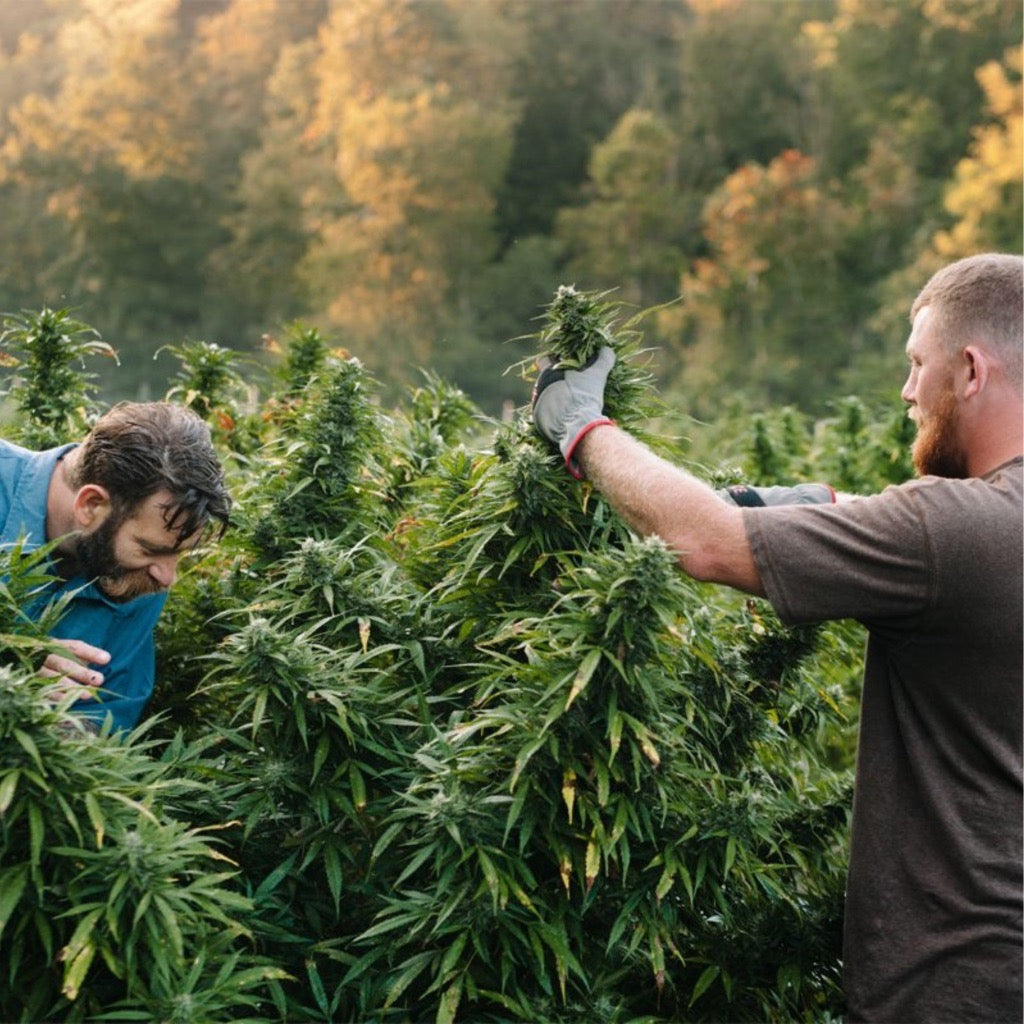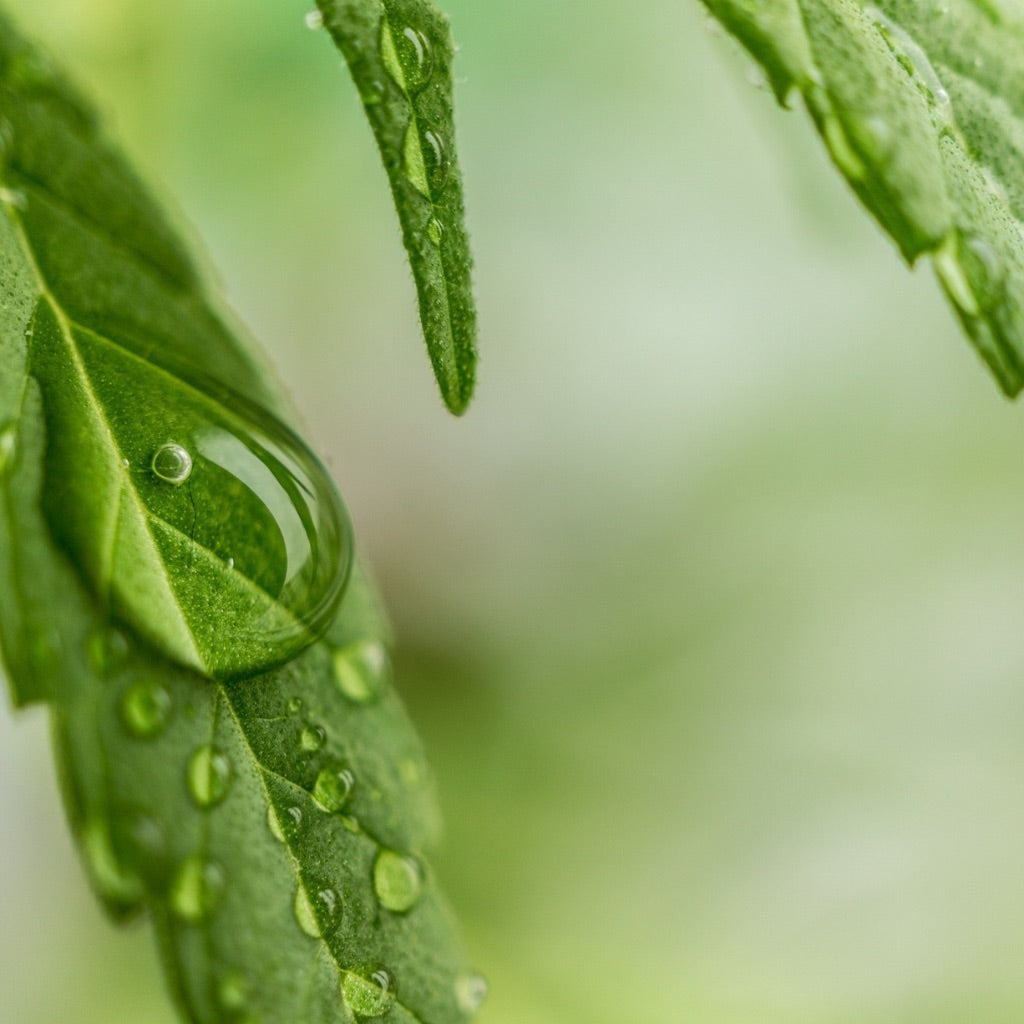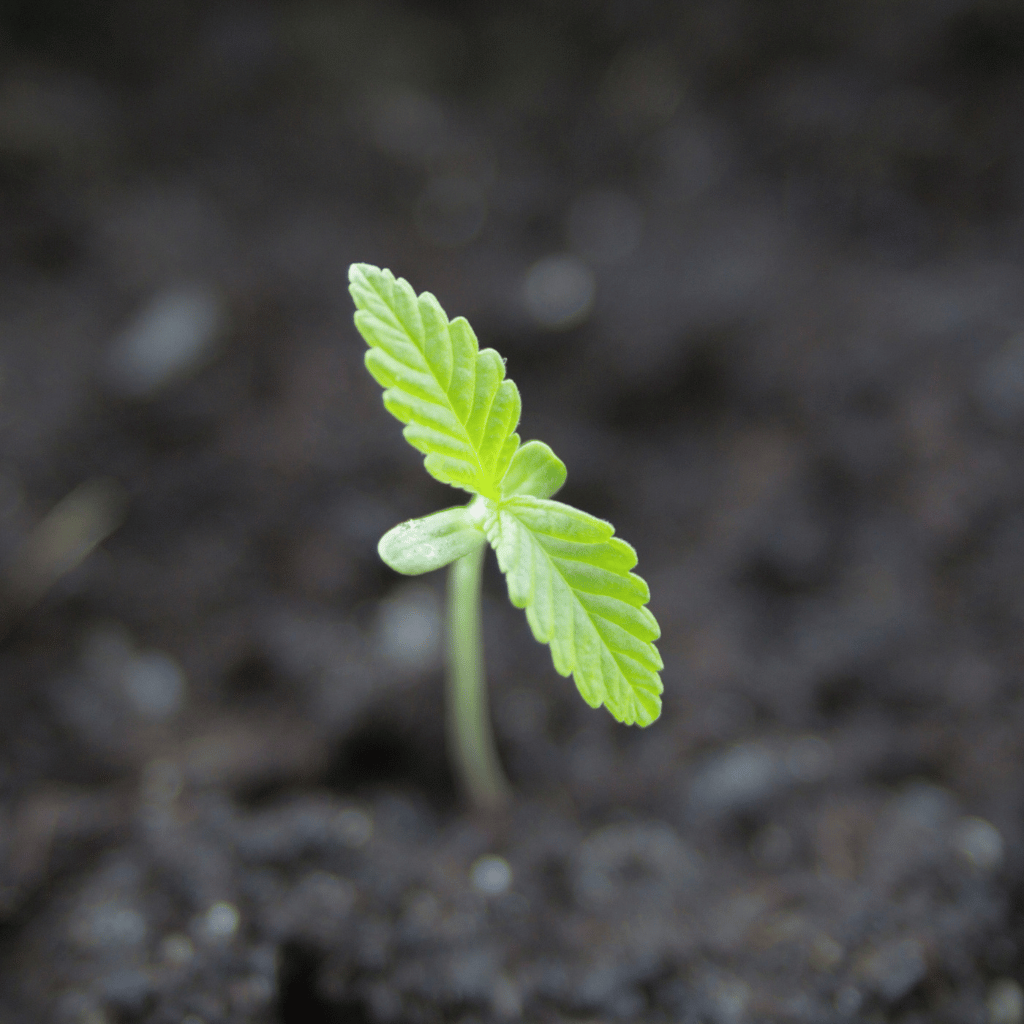The cultivation of cannabis is a fascinating and rewarding experience that requires dedication and knowledge. One crucial yet often misunderstood part of this process is harvesting. The correct harvest time, appropriate techniques, and proper post-treatment are essential to maximizing the quality and potency of your buds. This comprehensive guide covers everything you need to know about harvesting cannabis. We’ll discuss determining the optimal harvest time, flushing before harvest, different trimming methods, the harvesting process itself, drying and curing buds, and how to make the most of your high-quality cannabis.
Determining the Right Harvest Time
Harvest timing is one of the most critical factors affecting the quality and potency of your cannabis buds. Harvesting too early or too late can significantly impact cannabinoid concentration and flavor.
Signs of the Right Harvest Time
Observing Trichomes:
- Trichomes are tiny, crystal-like glands on cannabis flowers and leaves that produce resin. They contain the highest concentrations of cannabinoids like THC and CBD.
- The ideal harvest time is often determined by trichome color. Typically, harvest begins when about 70% of the trichomes are milky white and the remainder amber. This indicates peak THC levels and maximum potency.
- Use a pocket microscope or magnifying glass to inspect trichomes closely.
Checking Pistils:
- Pistils, the hair-like structures emerging from the buds, start white and straight during the flowering phase but gradually turn brown or red and curl.
- A high percentage of brown or red pistils (approximately 70–90%) indicates that the plant is mature and ready for harvest soon.
Noting Leaves:
- The large fan leaves of the cannabis plant can also provide clues about readiness. When these leaves begin yellowing and dying, it often signals the plant is focusing its energy on flower production and is ready for harvest.
- Ensure the discoloration isn’t caused by nutrient deficiencies or diseases.
Considering Strain Flowering Time:
- Each cannabis strain has a specific flowering period that varies based on genetics and growing conditions. Indica strains typically flower in 7–9 weeks, while sativa strains take 10–14 weeks.
- Learn your strain’s requirements and adjust the harvest timing accordingly.
Flushing Before Harvest
Flushing cannabis plants before harvest is a widely discussed yet vital step for improving bud quality. Flushing removes excess nutrients from the soil, resulting in cleaner and better-tasting cannabis.
Why Flushing Is Important
Removing Nutrient Residues:
- Flushing involves thoroughly watering the plant’s roots with pH-neutral water to remove excess salts and fertilizers from the soil.
- If these nutrients remain in the buds, they can negatively affect flavor and aroma, creating a harsh smoke.
Enhancing Flavor:
- Clean soil leads to clean buds. Flushing forces the plant to use its stored nutrients, resulting in smoother and more aromatic buds.
- Many growers report that flushed cannabis offers a purer taste and is less irritating to the throat.
How to Flush Properly
Timing:
- Start flushing about two weeks before the planned harvest, allowing the plant enough time to deplete excess nutrients.
Procedure:
- Use pH-neutral water (pH 6.0–6.5) and generously water the plants until runoff water is clear. This may require several rounds.
- Ensure the water is distributed evenly and slowly for thorough flushing.
Monitoring:
- Observe the plants closely during flushing. It’s normal for leaves to yellow and die as the plant uses its stored nutrients.
Dry vs. Wet Trimming
Trimming buds is essential for removing excess leaves and giving the buds a polished appearance. Two main methods—dry trimming and wet trimming—are commonly used. Each has its pros and cons, depending on grower preference and conditions.
Dry Trimming
In dry trimming, plants are dried first, then trimmed.
Advantages:
- Slower Drying Enhances Flavor and Quality: Slow drying ensures even dehydration, leading to better curing and stronger aroma.
- Less Sticky Buds for Trimming: Dried resin glands make trimming less sticky and easier.
Disadvantages:
- More Space Required: Drying plants with leaves intact requires more room.
- Higher Mold Risk: Sugar leaf moisture increases mold risk, especially in high humidity.
How to Dry Trim:
- Drying: Hang whole plants or branches in a dark, ventilated space at 18–22°C (64–72°F) and 45–55% humidity.
- Trimming: When buds pass the “snap test” (stems break with pressure), remove sugar leaves carefully without damaging buds.
Wet Trimming
Wet trimming involves trimming plants immediately after harvest.
Advantages:
- Less Space Needed: Removing leaves before drying reduces space requirements.
- Faster Drying: Without wet leaves, buds dry faster, reducing mold risk.
- Lower Mold Risk: Improved airflow prevents mold development.
Disadvantages:
- Faster Drying May Cause Brittle Buds: Quick drying can make buds brittle and reduce flavor.
- Sticky and Time-Consuming Process: Sticky resin makes wet trimming more labor-intensive.
• How to Wet Trim:
- Harvesting: Cut branches and immediately trim sugar leaves. Save leaves for later use.
- Drying: Hang trimmed buds in a well-ventilated space to ensure even drying.
Harvesting Cannabis
Harvesting cannabis requires care and precision. After months of dedication and attention, it’s crucial to perform the harvest correctly to preserve the quality of your buds.
Preparation
- Gather all necessary tools, such as sharp scissors, gloves, and clean harvesting containers.
- Ensure your workspace is clean and well-lit.
Harvesting Method
• Cutting Branches:
Cut each branch at the node, the point where one branch connects to another or the main stem. Check the trichomes on the entire plant to ensure maturity.
• Removing Leaves:
Remove large fan leaves that don’t contain trichomes. These leaves can be saved for making cannabutter or other products.
• Processing:
Decide whether you’ll use wet or dry trimming, and proceed accordingly.
Trimming Cannabis
Trimming cannabis buds is vital for their quality and appearance. Various techniques and tools can be used to achieve the best results.
Tools and Techniques
• Use sharp scissors or trimmers to precisely remove sugar leaves.
• Wear gloves to protect your hands from sticky resin.
• Work in a clean, well-lit area for optimal visibility and hygiene.
Trimming Steps
• Preparing Buds:
Place dried or wet buds on a clean surface. Work systematically from the base of the bud upward.
• Removing Leaves:
Carefully trim sugar leaves without damaging the bud material. These leaves contain valuable trichomes and can be used to make concentrates or edibles.
• Enhancing Appearance and Potency:
Proper trimming not only improves the look of the buds but also enhances their potency and flavor. Fewer sugar leaves result in a smoother smoke and richer aromas.
Curing Cannabis Buds
Curing cannabis buds is a crucial step in maximizing their flavor and quality. This process requires patience and care, but the results are worth it.
Why Curing Is Important
• Flavor Enhancement:
Curing allows the flavors to fully develop. It removes excess moisture and breaks down chlorophyll compounds that can affect the taste.
• Increased Potency:
Curing helps further develop cannabinoids, leading to higher potency.
• Preventing Mold:
Proper curing reduces the risk of mold by evenly removing residual moisture.
How to Cure Cannabis
• Choosing Containers:
Use airtight glass containers to store the buds. These containers protect against light and air, preserving quality.
• Curing Process:
• Filling Containers:
Fill the glass jars about three-quarters full with dried buds, leaving some space for airflow.
• Daily Burping:
Open the containers daily for about 15–30 minutes to release excess moisture and allow fresh air in. This process is known as “burping.”
• Duration:
Curing should last at least two weeks. Many growers cure their buds for 4–6 weeks or longer to enhance flavor and potency.
• Monitoring:
Regularly check the buds for signs of mold or excessive dryness. If the buds become too dry, a humidity pack can be added to regulate moisture.
Enjoying Your Weed
After completing all the steps—growing, harvesting, drying, trimming, and curing—it’s finally time to enjoy your well-earned cannabis.
Usage Options:
• Smoking: Enjoy the buds in a pipe, joint, or bong.
• Vaporizing: A vaporizer is a healthier alternative to smoking as it heats the buds without burning them.
• Edibles: Use the buds or extracts to make delicious cannabis-infused edibles like brownies or gummies.
Storage:
Store your cannabis in airtight containers in a cool, dark place to maintain its quality and potency.
Sharing and Enjoying:
Share your cannabis with friends and enjoy the fruits of your hard work. The care and attention you’ve put into growing and harvesting will be reflected in the quality and enjoyment of your final product.
Conclusion
Harvesting cannabis is a meticulous and time-consuming process that demands patience and precision. By observing the right harvest time, flushing the plants, selecting the appropriate trimming method, and correctly drying and curing the buds, you can ensure your cannabis is of the highest quality. Now you’re ready to enjoy your hard-earned cannabis and make the most of your efforts.




Leave a comment
This site is protected by hCaptcha and the hCaptcha Privacy Policy and Terms of Service apply.